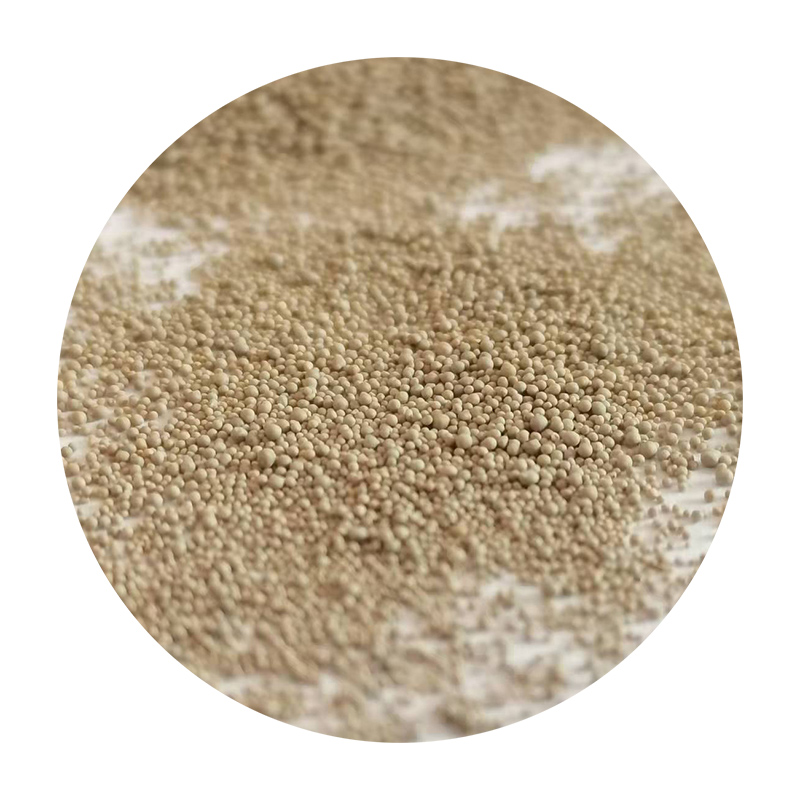Coated Sand Casting A Comprehensive Overview
Coated sand casting is an innovative method widely used in the foundry industry, combining the traditional sand casting process with the advantages of a coated sand mixture. This technique enhances the performance of sand molds and cores by applying a thin layer of resin or other coatings to the sand grains. The results are improved surface finish, dimensional accuracy, and overall casting quality.
Understanding the Process
The foundational process of coated sand casting begins with the preparation of a sand mixture. Typically, silica sand is combined with a resin binder and hardeners to create a unique sand blend. The coating applied to the sand grains plays a significant role in the performance of the molds. This coating provides several benefits, including enhanced strength and better resistance to thermal degradation, which is essential during casting operations involving high temperatures.
Once the sand is coated, it is packed around a pattern to form the mold. The coated sand particles adhere to each other more effectively than traditional uncoated sand, resulting in molds that are more robust and less prone to collapse during metal pouring. After packing, the mold is then cured, often with heat or a curing agent, which causes the resin to harden and bond the sand together.
Advantages of Coated Sand Casting
One of the primary benefits of coated sand casting is the improved surface finish of the final cast products. The uniform coating reduces the occurrence of sand inclusions and other surface defects, leading to a smoother finish that often requires little to no additional machining. This attribute is particularly advantageous in industries where aesthetics and precision are crucial, such as in the automotive and aerospace sectors.
coated sand casting

Dimensional accuracy is another key advantage. The coated sand molds exhibit less expansion and contraction compared to traditional molds, which leads to consistent and precise casting dimensions. This characteristic minimizes the risk of rework or scrap, ultimately saving time and resources in production processes.
Moreover, coated sand casting is versatile. It can be employed to create complex shapes with intricate details. The ability to produce fine features and thin walls extends the range of applications, making it ideal for producing components that were previously challenging to achieve using standard casting methods.
Challenges and Considerations
Despite its numerous benefits, coated sand casting does come with certain challenges. The cost of the coated sand and resins can be significantly higher than that of traditional sand casting materials. However, the enhanced properties often justify this investment, particularly in high-performance applications.
Furthermore, foundries must ensure that the proper curing techniques are employed to optimize the performance of coated sand molds. Inadequate curing can lead to weak molds that may not withstand the demands of the casting process.
Conclusion
In conclusion, coated sand casting represents a significant advancement in modern foundry techniques. By combining the benefits of coated sand with traditional sand casting methods, manufacturers can achieve superior casting quality, improved surface finishes, and enhanced dimensional accuracy. As industries continue to demand more complex and precise components, the coated sand casting technique is poised to play a crucial role in meeting these challenges. Embracing this technology can lead to more efficient production practices and ultimately drive innovation across various manufacturing sectors.
Post time:Οκτ . 06, 2024 19:45
Next:best way to sand stainless steel
